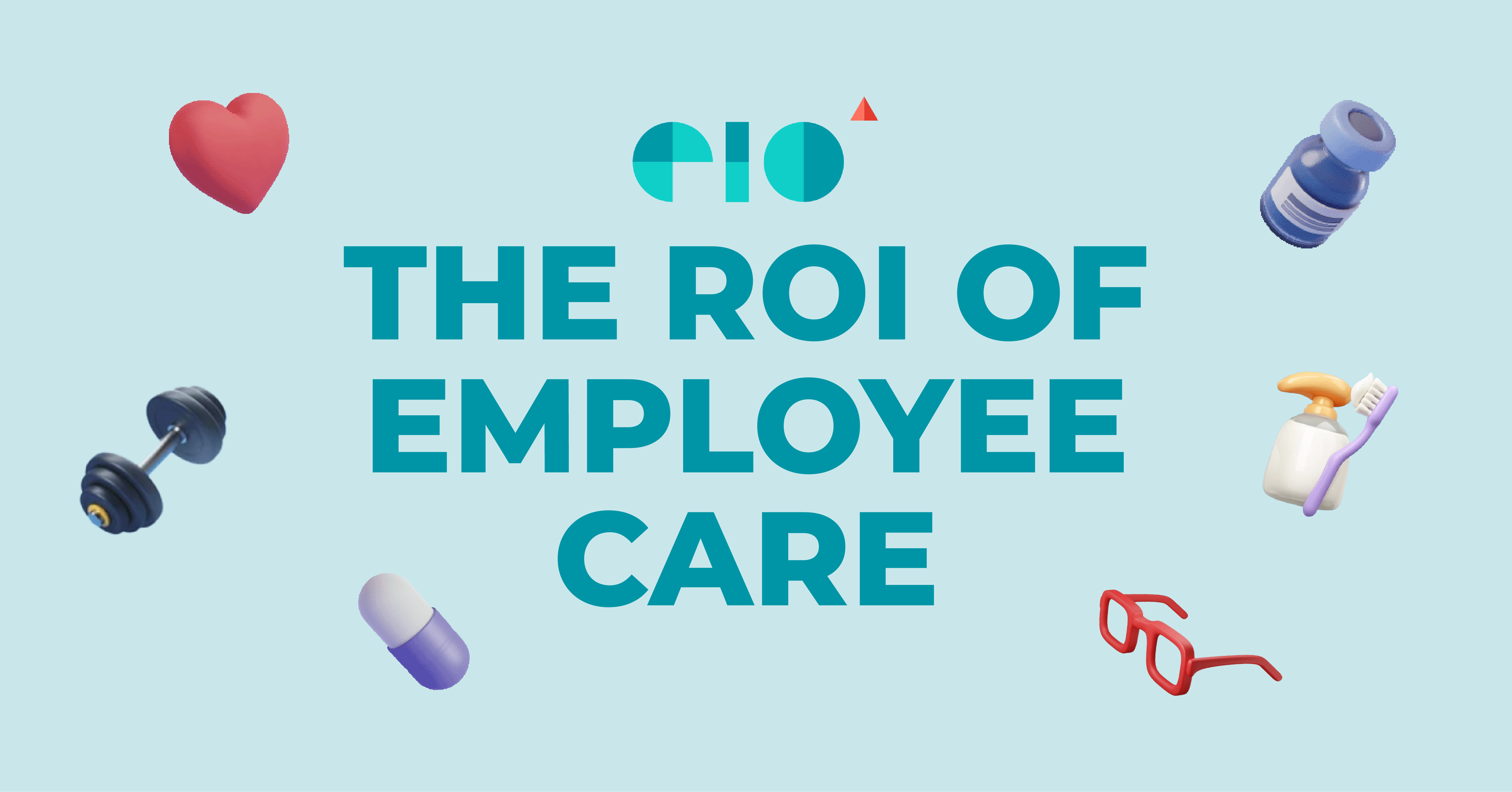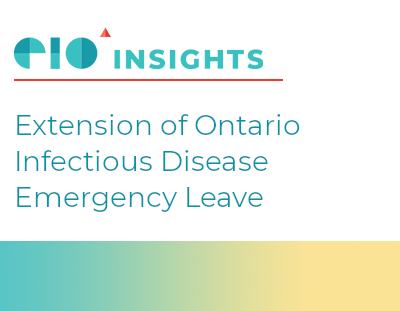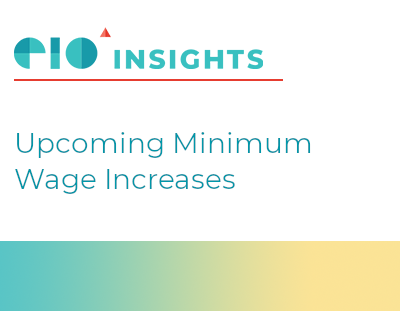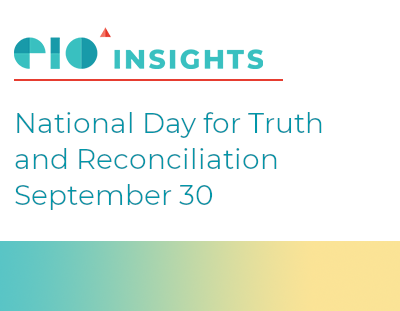Ontario COVID-19 Worker Income Protection Benefit
The Ontario Government recently passed the COVID-19 Putting Workers First Act. Employers are now mandated to provide employees up to three days of paid leave for reasons related to COVID-19, including:
- Going for a COVID-19 test
- Staying home while awaiting the results of a COVID-19 test
- Self-isolating due to COVID-19 symptoms
- Getting vaccinated
- Experiencing a side effect from a COVID-19 vaccination
- Self-isolating under advisement from an employer, medical practitioner or other authority
- Taking care of a dependent who is sick with COVID-19 or has symptoms of COVID-19
The three days do not need to be taken consecutively.
The program will be administered through the Workplace Safety and Insurance Board (WSIB), and will end on September 25, the same date that the federal government’s Canada Recovery and Sickness Benefit (CRSB) is set to expire.
Establishing Eligibility
The three days of paid leave are available to employees who:
- Are covered by the Employment Standards Act (independent contractors or federally regulated employees do not qualify for these days)
- Do not already receive at least three paid sick days through their employer.
Please note that employers cannot require an employee to provide a certificate from a doctor or nurse as evidence.Employer Reimbursement for Paid Leave Eligible employers can apply for a reimbursement of up to $200 per employee day taken from the WSIB. If the employee’s regular rate of pay is less than $200 day, the employer will only be eligible for a reimbursement of the employee’s regular rate of pay.
Payments will be retroactive to April 19, 2021. Employers will be required to track these days for each employee and submit reports to receive reimbursements. Eligible employers are to make their application for reimbursement within 120 days of the paid leave.
For longer-term absences, the Government of Canada currently offers the Canada Recovery Sickness Benefit (CRSB). The CRSB gives income support to employed and self-employed individuals who are unable to work because they are sick, need to self-isolate due to COVID-19, or have an underlying health condition that puts them at greater risk of getting COVID-19. The CRSB is administered by the Canada Revenue Agency (CRA). Paid sick days as part of the Putting Workers First Program may be used to bridge the gap for employees waiting on their CRSB payments. Talk to an Expert about the Worker Income Protection Benefit.
Have your revenues dropped due to COVID-19?
Many small businesses are struggling to stay afloat and cover their fixed costs, such as rent and insurance, while taking a negative impact on their revenues. Government assistance has emerged to help businesses pay for their rent, but many have had their fate put into the hands of their landlords to apply for the assistance. The new Canadian Emergency Rent Subsidy (CERS) is being introduced to provide rent relief for businesses and allows these businesses to apply to the assistance directly as opposed to waiting for their landlords to do so.
What is the CERS and how does it work for small businesses?
- Rent and mortgage support available until June 2021 for qualifying organizations impacted by COVID-19
- Funds go directly to the business, not the landlord
- Can cover up to 65% percent of eligible expenses until December 19 2020
- Businesses are able to make claims retroactively for the period that began September 27 and ends October 24, 2020
- A top-up CERS of 25% for businesses temporarily shut down by a mandatory public health order issued by a qualifying public health authority—in addition to the 65% subsidy,—grants up to 90% of coverage for the hardest hit businesses!
Through our EIO Online system, we will help track the Worker Income Protection Benefit program and produce reports that can be submitted for reimbursement. Please reach out to your EIO Manager or click here to email us if you need help!




